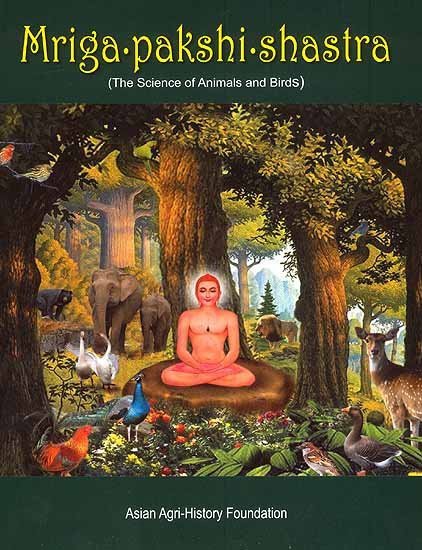Animal Kingdom (Tiryak) in Epics
by Saranya P.S | 2019 | 51,616 words | ISBN-10: 8190396315 | ISBN-13: 9788190396318
An English study the Animal Kingdom (Tiryak) in Epics.—The present thesis is based entirely on Ramayana and Mahabharata although an attempt is made to analytically compare the Animal kingdom with Mriga-pakshi-shastra—‘The ancient Indian science of of Animals and Birds’....
Chapter 6.1 - Akhyana (Epic narrative)—Introduction
Most of the Sanskrit literature is based on the Akhyanas. The series of Akhyanas can be seen from the start of Rigveda. We can see many Akhyanas scattered in other collections, Brahmanas and Upanishads. In both the Ramayana and Mahabharata many parts are different from the root stories and they are either Akhyanas or Upakhyanas of the original. In the Mahabharata there are so many Upakhyanas. Their original versions can be seen in the Priestly or Vedic Literature. These Upakhyanas are in the form of imagined stories. Myths and moral stories are part of these Upakhyanas.
Akhyanas, Upakhyanas and Akhyayika
The word Akhyana comes from the phrase “Vyaktayam vaci” which in turn comes from the original “Chakshing”. “Akhyayate iti akhyanam” means “whatever is described that”. Upakhyana helps akhyana and takes it to its perfection. The main use of this in writing is similar to the contemporary relevance of the metaphor used in the story. In this perspective, subject matter of any writing can be explained in two ways. The main subject of the story is called authentic and the related subject is called rhetorical.[1]
In a novel, the root of the story will be some incident that happened in the past. Itihasas are called Akhyanas. In Akhyayika, there might be some element of truth. But in it the author exhibits his genius. He colours the story with imagination and presents it in a new form.
To prevent the readers from getting bored because of long and monotonous writing, the poet uses Upakhyanas in between. This process can be noticed in the Itihasas. Not only in the Itihasas, but also in Puranas and Story Poems this process can be seen.
Footnotes and references:
[1]:
Tatradhikarikam mukhyamangam prasangikam viduh
